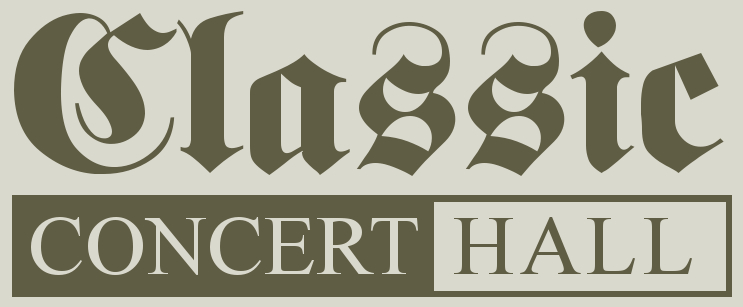One of my first uploads a few months ago featured the chorale and two variations:
https://www.contrebombarde.com/concerthall/music/57857. I thought they were pretty.
Here are movements 1 and 2 in a much more distinctive rendition, thanks to the Norrfjaerden organ as put together by AVO:
https://hauptwerk-augustine.info/Norrfjarden.php.
The Diapason subscribers can read an accessible article about Distler's organ music here:
https://www.thediapason.com/category/topical/features/composers?page=12. Otherwise, the free dissertation version can be found here:
https://repository.arizona.edu/bitstream/handle/10150/194024/azu_etd_1490_sip1_m.pdf?sequence=1
Toccatas were often used in the past to introduce the tonality of the chorale about to be sung in the church service. That is the spirit of this introductory toccata (movement I) of Distler's partita. This one also announces the chorale's first four notes.
Movement two includes the chorale itself (based on a setting by Baltasar Resinarius from the 16th century) and seven variations of the chorale.
Variation 1 is a bicinium.
Variation 2 is a three-voiced setting with the cantus firmus in the pedals.
Variation 3 is a more complex version of Resinarius' setting.
Variation 4 is a spritely humoresque type setting.
Variation 5 features the cantus firmus in the alto, a florid soprano, a tenor voice in harmony, and a punctuated, fanfare-like pedal part.
Variation 6 is a canon between pedals and great of the cantus firmus (a fifth apart) with two more highly active voices as accompaniment.
Variation 7 closes out the movement with bits and pieces of the cantus firmus being found everywhere, though there is never a full statement in the purest sense.
Per Dominique's suggestions (
https://www.contrebombarde.com/concerthall/music/58477), I used a 3.9 second added reverb. I voiced some stops up or down to achieve Distler's required transparency between voices. Tuning is the organ's own temperament.


 Sign up today to download piece.
Sign up today to download piece.
 See what mckinndl used to make this recording
See what mckinndl used to make this recording